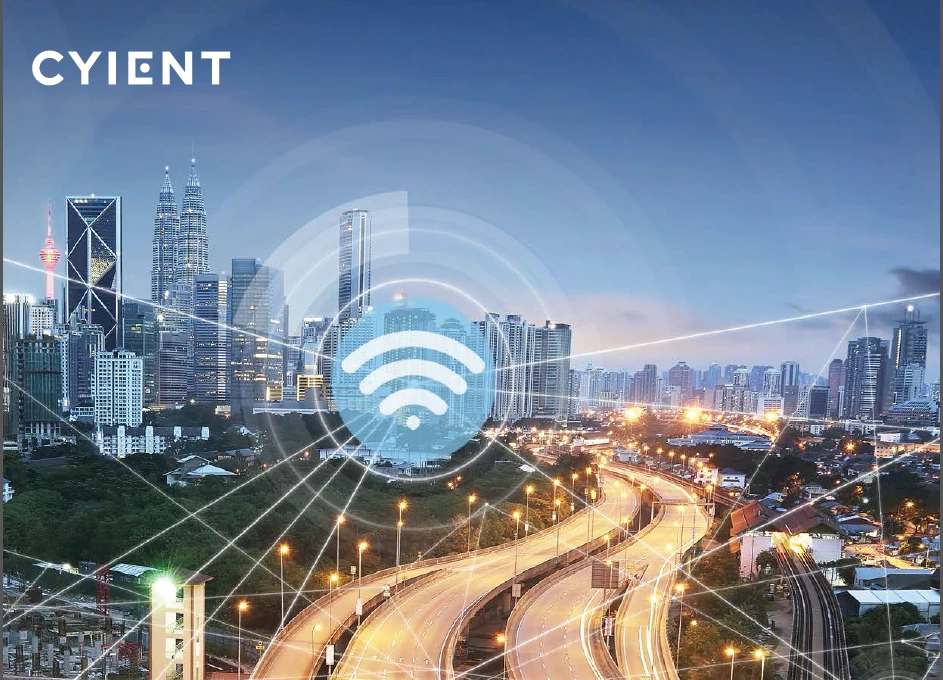
Partner Article
The Era of Connected Cars: An ecosystem partner’s perspective
In the ever-evolving landscape of connected cars, new technologies are constantly moving to the forefront, each growing at their own rate and in their own capacity. AUTOSAR, RADAR, LiDAR, Automotive Grade Linux, V2X, Android, HMI, deep learning, and cameras of all kinds will become staples in every connected car of the future. As suppliers and Original Equipment Manufacturers (OEMs) ride the wave of rapid innovation, a number of key ecosystem partners have carved out their value propositions, looking to help the suppliers meet their end goals at the highest quality levels set forth by the automotive standards.
The need for technology in the connected cars market requires no explanation given the need for driver and passenger safety and the associated ecological advantages. Automotive forums like Euro New Car Assessment Programme and the National Highway Traffic Safety Administration are driving faster reforms in legislation, mandating the need for safety features in semi and fully autonomous vehicles, while OEM initiatives like Toyota Safety SenseTM and community-based initiatives like Vision Zero are bringing safety features to cars even sooner than specific legislation comes in to play.
The Motor Intelligence Report estimates that nearly 75% of the 92 million cars shipped globally will be connected by 2020. When looking at the cost parity between electric vehicles and combustion engine vehicles, car companies and communities are incentivized to achieve or exceed this target in the next 5-10 yrs. across all regions, with an even greater increase in electric car sales beyond 2020. Europe is expected to lead the way with electric vehicles estimated to make up 30% of its total car sales by the end of 2025. Given the pace of innovation and the amount of work still to be done, it is imperative that the entire supply chain is actively and heavily engaged in making the technological transition within the required time frame.
Driverless, connected car solutions include the use of smart sensors (RADAR, LiDAR, and cameras), communication mechanisms (V2X and GPS), and intelligent fusion systems (deep learning) used to determine free space and avoid obstacles for autonomous driving. However, arriving at the right solution is not simple when considering the challenges associated with achieving ideal safety, including environmental conditions, human behavior, and costs in different regional markets.
Connected car solutions also include evolving infotainment displays, which are implemented into a digital cockpit or dashboard. Made in a variety of shapes and sizes, these displays highlight information related to the speedometer, navigation maps, heads-up display, audio, video, connectivity and cameras around the car. All of this is made possible with the use of applications built around high-level operating systems like Android, QNX, Apple CarPlay, etc.
Another significant challenge is the high cost of the vehicles in which all of these solutions come together, making the technology accessible only to a very niche consumer base. To solve this problem, a variety of ownership models are being considered to ensure these vehicles are widely available. Companies like Waymo and Uber are envisioning a lease program, giving a larger number of consumers the opportunity to use driverless cars.
At the actual implementation level as well, the connected car solution is challenging as the system involves multiple different technical aspects, right from the ASICs, automotive specific hardware board design with interference protection, power management, embedded software, application software, internet of things (IoT) to the cloud analytics, working together as an ISO26262 compliant system. These all aspects need to work together as a robust system with reliability hence it is critical that they should not be developed completely independent of each other. Developing complete solution with these experts together, not only helps ensure robust system but also accelerates the time to market.
*Vasant Easwaran, is a senior manager, automotive solutions at Cyient Semiconductor, IoT & Analytics business unit, with experience of delivering end to end automotive solutions, from custom ASICs, AUTOSAR with ISO26262, automotive board design, ADAS framework (Camera, Radar etc.), computer vision algorithms, complete system validation and manufacturing. *
This was posted in Bdaily's Members' News section by Cyient .








 A new year and a new outlook for property scene
A new year and a new outlook for property scene
 Zero per cent - but maximum brand exposure
Zero per cent - but maximum brand exposure
 We don’t talk about money stress enough
We don’t talk about money stress enough
 A year of resilience, growth and collaboration
A year of resilience, growth and collaboration
 Apprenticeships: Lower standards risk safety
Apprenticeships: Lower standards risk safety
 Keeping it reel: Creating video in an authenticity era
Keeping it reel: Creating video in an authenticity era
 Budget: Creating a more vibrant market economy
Budget: Creating a more vibrant market economy
 Celebrating excellence and community support
Celebrating excellence and community support
 The value of nurturing homegrown innovation
The value of nurturing homegrown innovation
 A dynamic, fair and innovative economy
A dynamic, fair and innovative economy
 Navigating the property investment market
Navigating the property investment market
 Have stock markets peaked? Tune out the noise
Have stock markets peaked? Tune out the noise